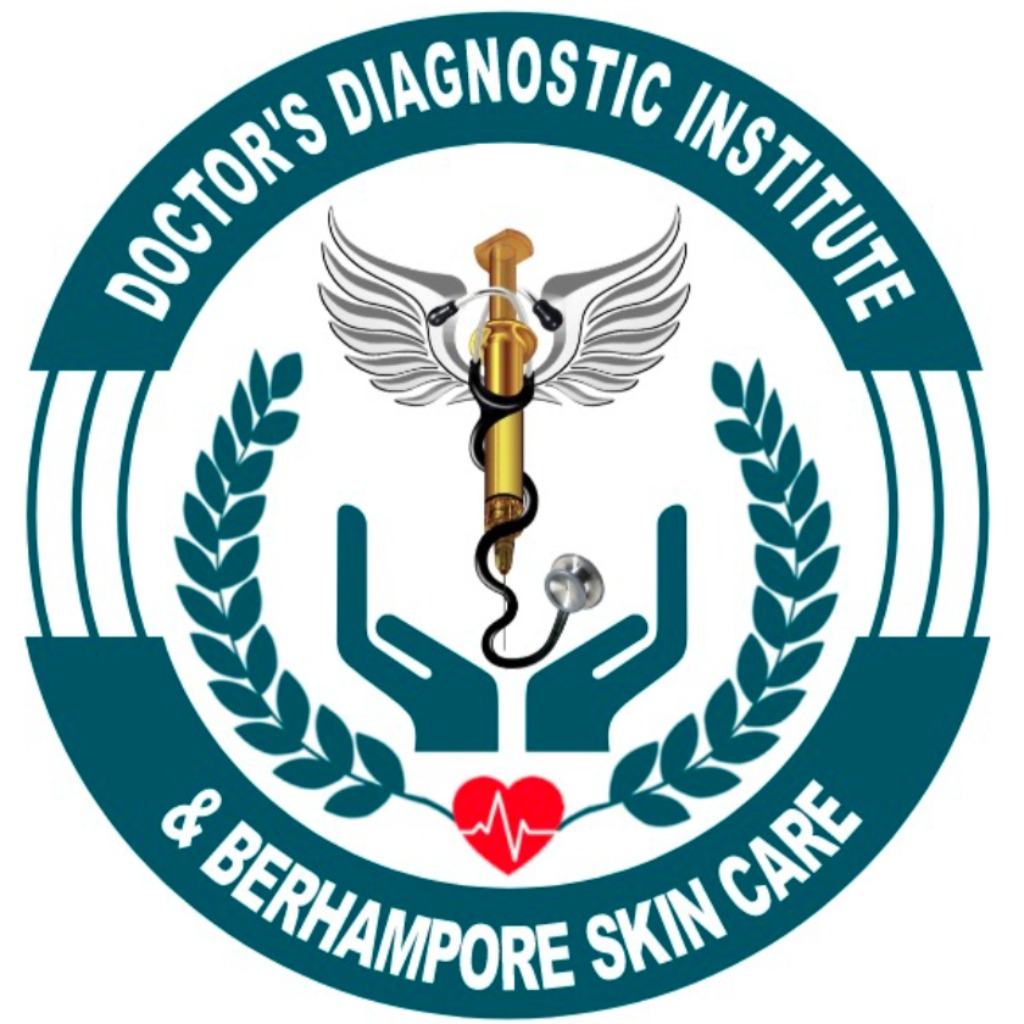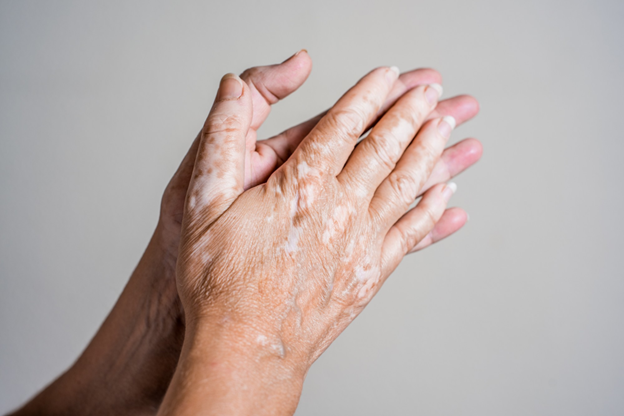Vitiligo is a skin condition that makes pale patches appear on your skin. It happens because your body attacks its own pigment cells. This is why it’s called autoimmune. Knowing what vitiligo can is help you spot it early. It’s important to talk about this. We want to raise awareness, so more people learn about vitiligo. This helps in getting the right treatment sooner. By sharing this information, we hope to start a campaign that informs everyone.
Defining Vitiligo: Types and Characteristics
Vitiligo is when your skin loses color because your cells stop making melanin, the stuff that gives your skin color. There are mainly two kinds: non-segmental and segmental vitiligo. Non-segmental is the most common type. It can show up on both sides of the body, like on both hands or knees. Segmental vitiligo usually affects one part and once starts, it spreads faster. Vitiligo looks different on various skin tones. The patches are often noticeable on darker skin, which can sometimes be socially hard for people. Some cultures and societies might not understand vitiligo well. This can make those with it feel awkward or even ashamed. But the more people learn about vitiligo, the more understanding and support there can be.
Exploring the Causes and Risk Factors
Vitiligo might be triggered by your own body attacking itself. This can happen because of your genes. If your mom, dad, or close relatives have it, you might too. Other triggers might include stress, getting too much sun (leading to sunburn), or contact with certain chemicals. Knowing these triggers means you can try to avoid them. For example, wear sunscreen to protect from sunburn, and try to manage stress with activities like exercise or meditation. By understanding these factors, you can take steps to avoid or lessen these triggers.
Recognizing Vitiligo Symptoms and Diagnosis Methods
If you have vitiligo, you’ll see white patches on your skin. These spots are common on areas that get sun like the face, hands, and arms. To know for sure if its vitiligo, doctors have tools to help. A Wood’s lamp, which shines a special light on your skin, can show if it’s vitiligo. Sometimes, a tiny piece of skin called a biopsy is taken. Once diagnosed, it’s important to talk to professionals about it. They can give you the right advice and treatment, so you know what steps to take next.
Comprehensive Vitiligo Treatment Options
If you’re dealing with vitiligo, there are many vitiligo treatment options to consider:
- Topical treatments: These include creams like corticosteroids and JAK inhibitors. They can help your skin get some color back over time.
- Light therapy: This involves shining UVB light, which helps slow the loss of color in your skin.
- Systemic treatments are medications you take to slow the autoimmune reaction.
Surgical treatments like grafting and MKTP (Melanocyte-Keratinocyte Transplant Procedure) involve transferring healthy skin or cells to affected areas.
- Depigmentation is for widespread cases, where skin is lightened to match the vitiligo patches. This is often a long-term solution.
There are many options available today thanks to advances in healthcare. If you’re in doubt, talk to a healthcare pro about these cutting-edge methods. They can guide you through the best choices.
Nutrition and Vitiligo: Foods for Management
Did you know what you eat can help manage vitiligo symptoms? Here’s some stuff to think about:
- Best food for vitiligo includes berries, citrus fruits, and leafy greens. These foods have antioxidants that may protect your skin.
- Include foods rich in vitamins C, D, and E, like oranges and spinach.
- Limit foods that trigger stress or inflammation, like spicy foods.
Eating the right foods might not cure vitiligo, but it can support your skin health and improve your overall well-being. Creating a diet that includes these foods can be part of smart vitiligo care.
Living with Vitiligo: Daily Care and Lifestyle
Living with vitiligo comes with its challenges. Here are some tips to help you:
- Sun protection is a must. Use sunscreen every day to protect your skin, and keep the white patches from sunburn.
- Camouflage techniques, like makeup, can hide these patches if you prefer.
- Wearing clothes that cover exposed areas helps, too.
- It’s great to adopt a positive mindset. Focus on strengths, not just your skin.
Making these lifestyle changes can improve your quality of life with vitiligo. It’s not just about treatment; it’s about feeling good every day.
Family Guide: Supportive Strategies for Loved Ones
Family support is crucial for someone with vitiligo. Here’s how you can help:
- Learn about vitiligo: Understanding the basics helps you provide better support.
- Offer encouragement: Reassure your loved one that they are not alone in this journey.
- Be supportive in daily challenges and celebrate small victories.
Having a family that understands and supports can make living with vitiligo much easier. Families play a big role in bringing positive energy into daily life.
Recent Advances and Future Prospects for Vitiligo
There’s hope for better vitiligo treatment options in the future. Recent research is focusing on new methods, like advanced light treatments and creams that work better. These promising developments suggest a brighter future for those affected. Scientists are always looking for new ways to treat vitiligo effectively.
Conclusion
To sum up, vitiligo is a condition best managed with understanding and early action. Recognizing the vitiligo symptoms and causes is the first step. The vitiligo early stages are crucial for successful treatment. Remember, doctors can provide the best guidance. Don’t hesitate to reach out to them for support. Caring for your skin is important, and with the right help, you can manage vitiligo successfully.
Book your Consultation today at Doctor’s Diagnostic Institute for expert guidance!

